
Don’t Miss the Annual Community Right-to-Know (Tier II Inventory) Filing Deadline!
WHAT IS COMMUNITY RIGHT-TO-KNOW? The Federal Emergency Planning and Community Right-to-Know Act (EPCRA) was established to prepare and plan for hazardous chemical emergencies in communities. EPCRA requires businesses / industry to report on the...
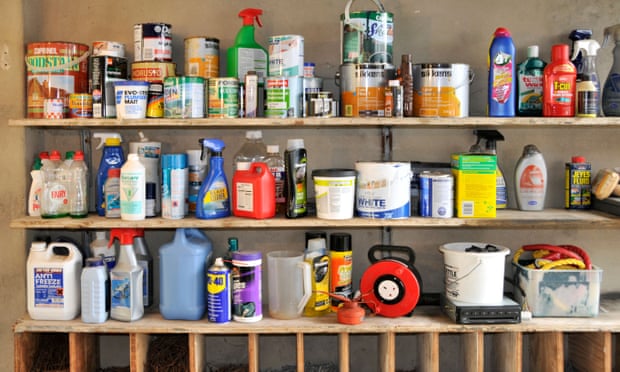
End of Year Preparation for Annual Right-to-Know Filing
Having now entered the fourth quarter of 2020, this is a good time to start thinking about preparing for your facility annual reports due in the upcoming first quarter of 2021. If your facility is in New York City (NYC) and is subject to Right-to-Know (RTK) reporting...
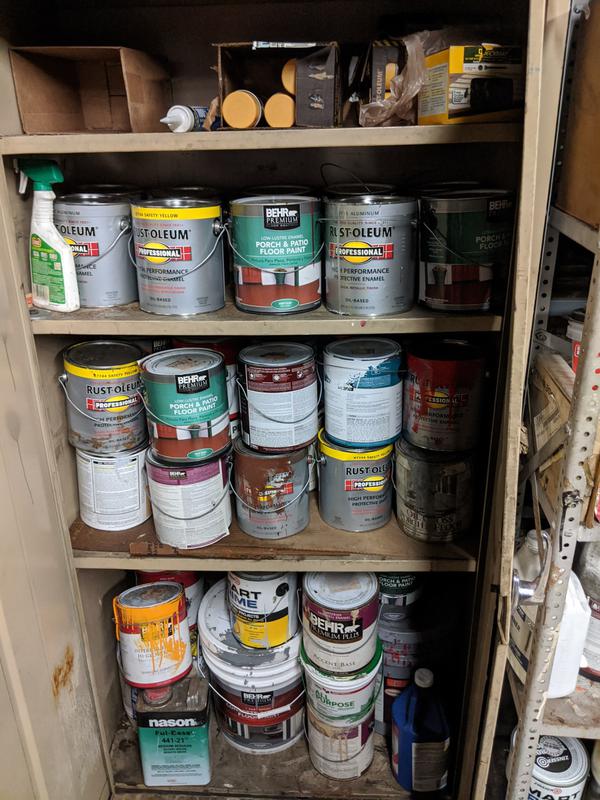
Make Sure to Submit Your NYC Community Right-to-Know Filing on Time!
What Is NYC Community Right-to-Know? The New York City (NYC) Department of Environmental Protection (DEP) regulates the storage, use and handling of hazardous substances, extremely hazardous substances and regulated toxic substances at or above the federal threshold...

Why is an Environmental Feasibility Study Important?
Why is an Environmental Feasibility Study Important? An Environmental Feasibility Study (FS) is a comparative process used to determine the best choice for remediation of a contaminated property, such as a listed inactive hazardous waste disposal site or Superfund...
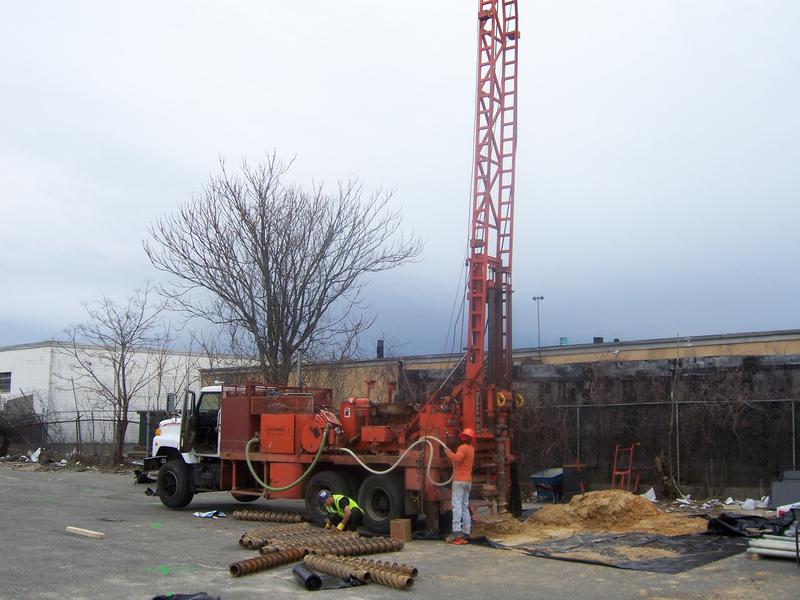
Why is an Environmental Feasibility Study Important in Superfund Project Management?
Why is an Environmental Feasibility Study Important in Superfund Project Management? Why is an Environmental Feasibility Study Important in Superfund Project Management? An Environmental Feasibility Study (FS) is a comparative process used to determine the best choice...

UPDATE: DEC Releases New Comprehensive Strategy Impacting Composting and Mulching Operations
With regards to the risk of groundwater pollution, the New York State Department of Environmental Conservation (NYSDEC) has updated their Part 360 regulations governing solid waste facilities to include new Part 361 regulations for composting and mulching operations....
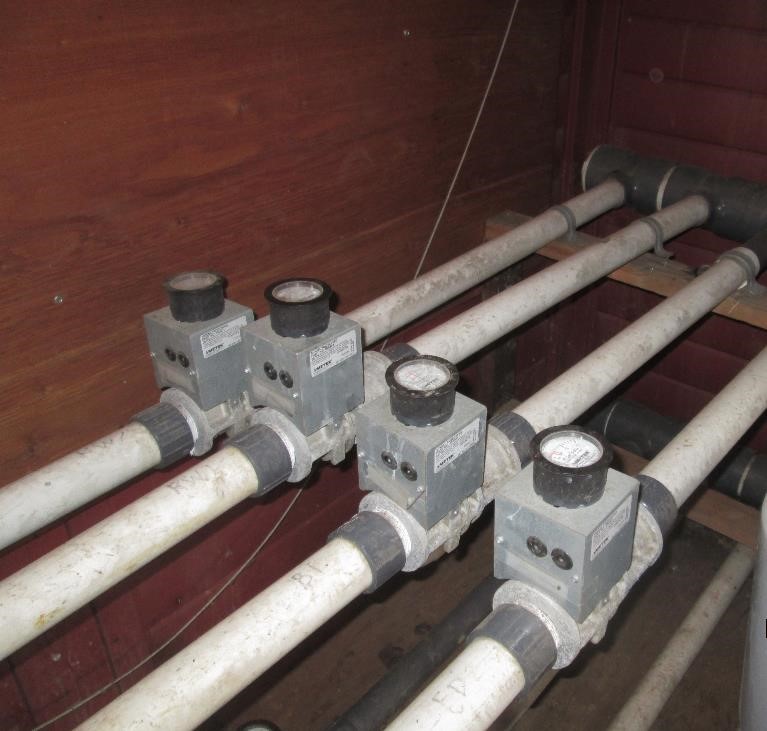
Soil Vapor Intrusion Solutions – Sub-Slab Depressurization System
How to Address Soil Vapor Intrusion Discussed in a previous blog (link at the bottom of the page), subsurface contamination can find its way into habitable buildings via minor breaches in a building’s foundation and/or flooring. Source area removal, or direct removal...
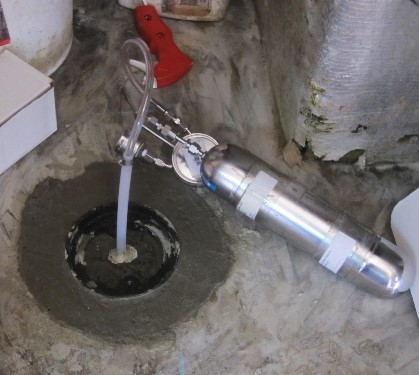
What is Soil Vapor Intrusion, and Why Should We Be Concerned?
How Can Environmental Contamination Affect You? Soil Vapor Intrusion Subsurface contamination, whether stemming from hazardous groundwater, oil spills, leaky storage tanks, or other buried waste can pose a threat to human health in the form of vapor intrusion. ...

5 Community Right-to-Know Filing Guidelines for New York City
Right To Know Filing Every year on March 1st, facilities within New York City that store or use hazardous substances are required to file reports with the City’s Department of Environmental Protection. These Community Right-to-Know (RTK) filings are designed to...
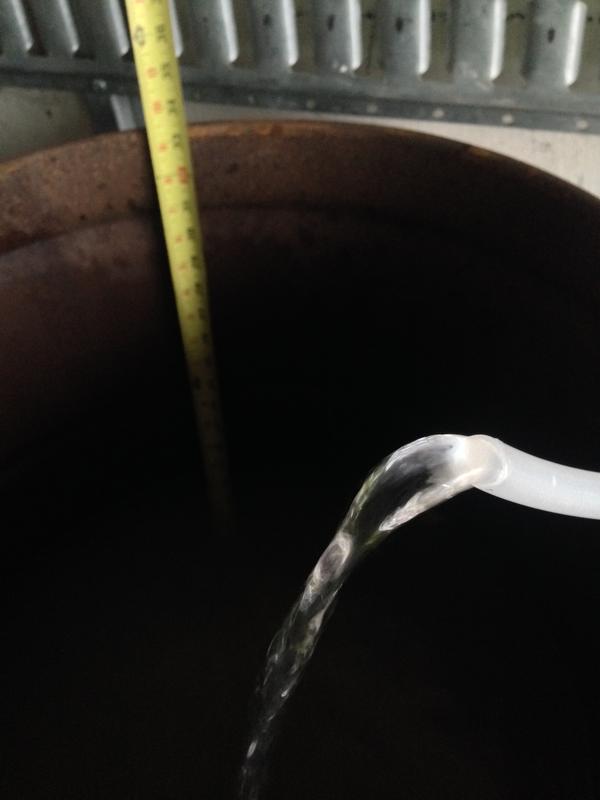
Five Steps for Quality Assurance & Quality Control (QA/QC) in Groundwater Sampling
Groundwater Sampling Groundwater sampling and monitoring is a crucial component of the majority of subsurface remediation work. Walden addressed the topic of monitoring well (well) installation in a previous blog; well networks are strategically designed based on the...
